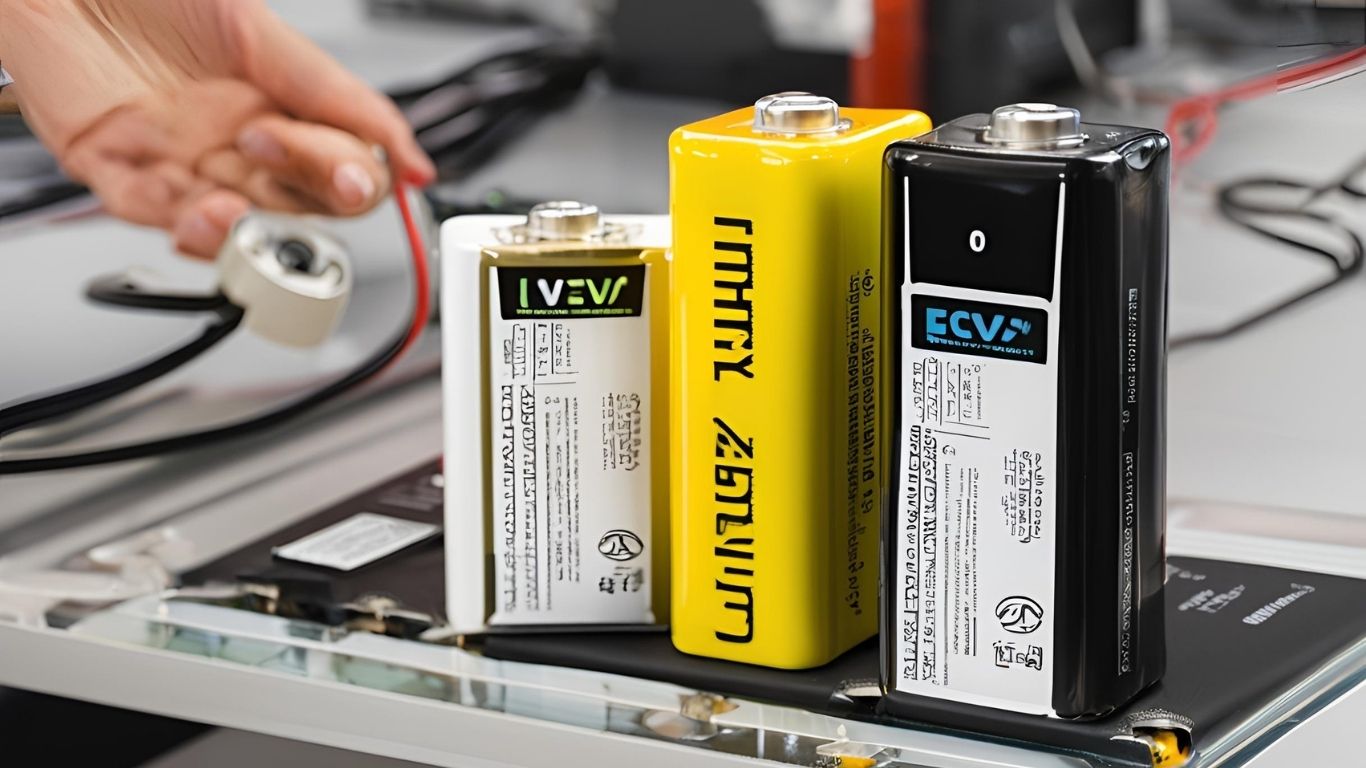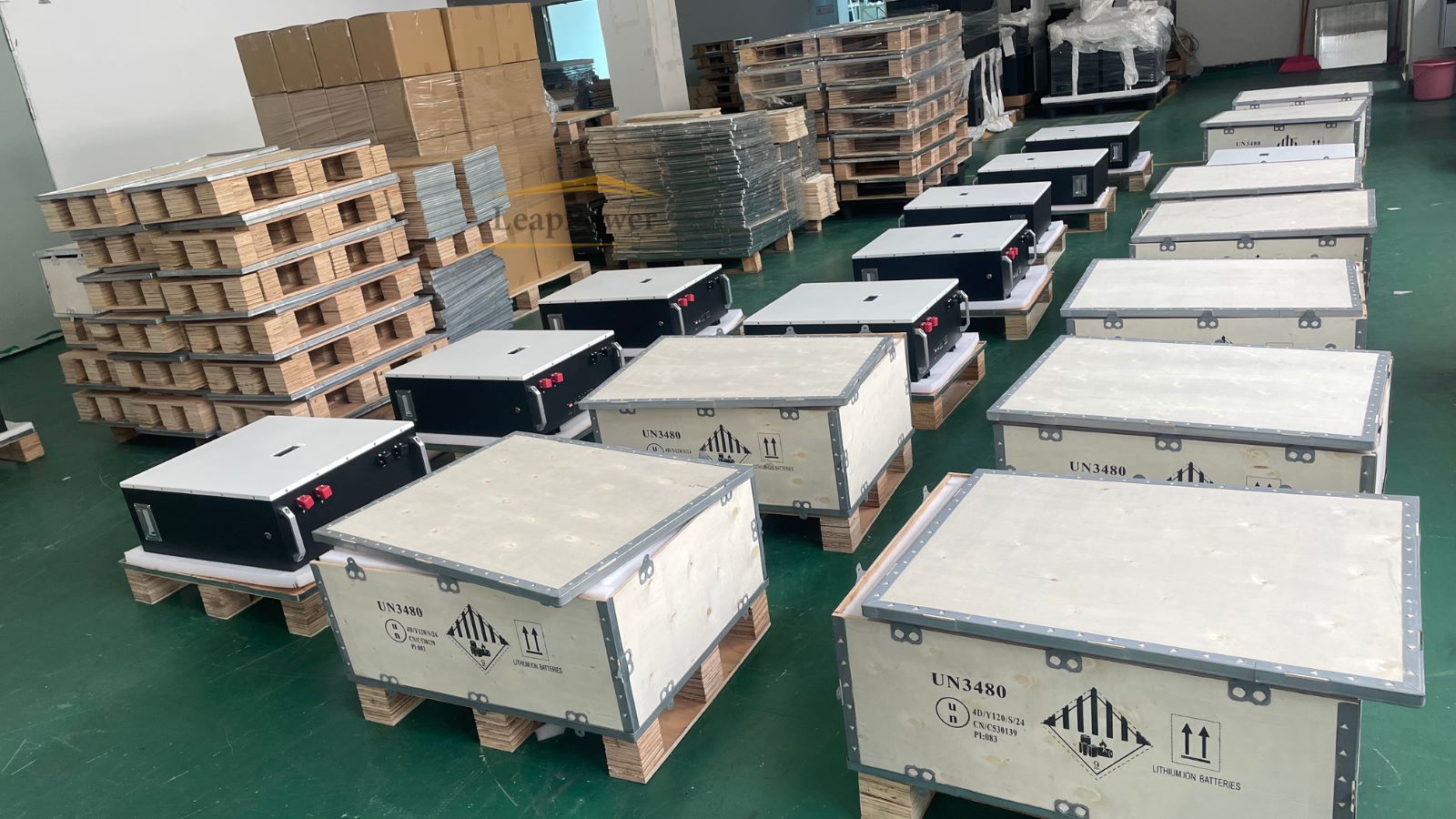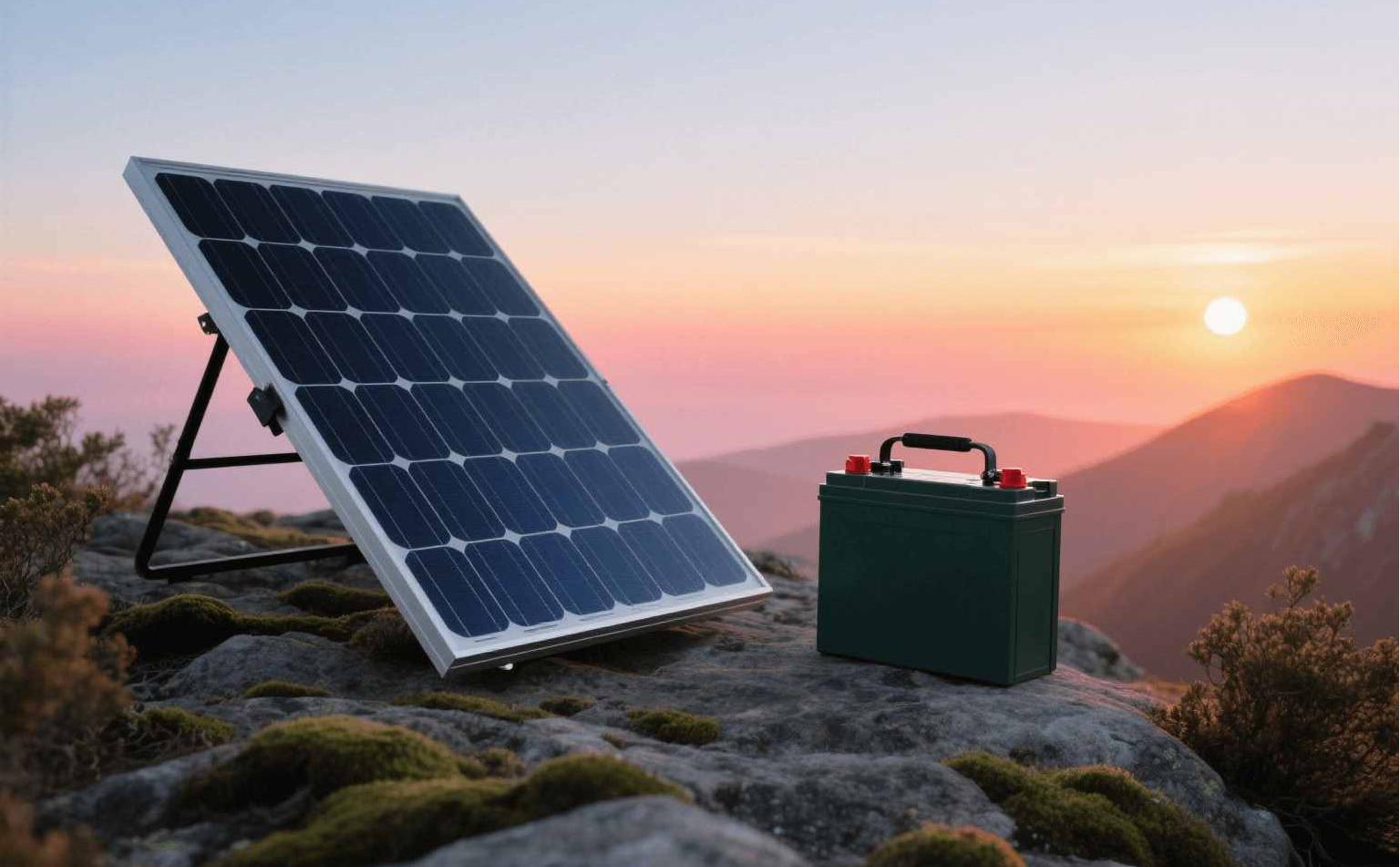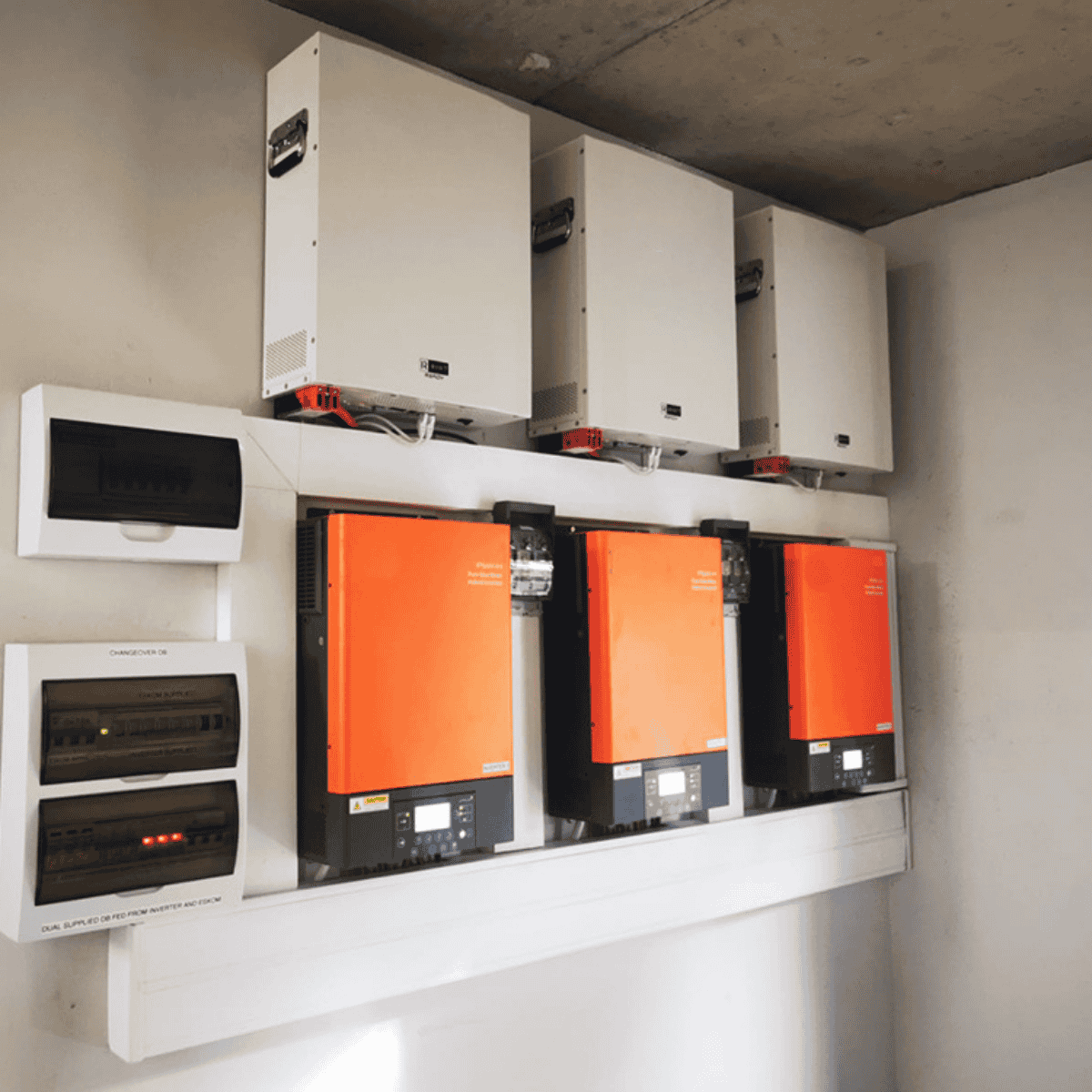In recent years, the two most popular types of lithium batteries have been LiFePO4 and Lithium-Ion batteries, and each have distinct advantages and drawbacks. And as you assess your specific application—be it for electric vehicles or portable devices—you'll find that understanding the nuanced differences is essential. What might work for one scenario could fall short in another, prompting you to weigh your options carefully.
In the following parts, It will be examining the composition, service life, safety, and efficiency of these two types of lithium batteries. Furthermore, to provide you with a more comprehensive understanding, there are also comparing the differences with non-lithium batteries.
Before we officially start, if you have some interest in lithium batteries but don't fully understand them, it is recommended that you read our previous article first and then continue.
LiFePO4 batteries, or Lithium Iron Phosphate batteries, represent a significant advancement in battery technology, offering enhanced safety and stability.
Discovered in 1996, by a research team led by Dr. John B. Goodenough at the University of Texas at Austin. LiFePO4 emerged as a safer alternative compared to traditional Li-ion batteries, which often rely on cobalt-based cathodes.
By the mid-2000s, LiFePO₄ batteries began to see widespread use, especially in electric vehicles, solar energy storage, and backup power systems. Today, LiFePO₄ is one of the most trusted lithium-ion battery chemistries for applications where reliability and longevity are essential.
Here are some key features of LiFePO4 batteries:

Lithium-ion (Li-ion) batteries are a popular choice for energy storage, widely used in portable electronics, electric vehicles, and renewable energy systems. These rechargeable batteries utilize lithium compounds for their electrochemical reactions, allowing for high energy density and efficiency.
Lithium-ion batteries excel in energy storage, powering everything from portable devices to electric vehicles with remarkable efficiency.

Here are key characteristics of Li-ion batteries:
This combination of features makes Li-ion batteries a dominant choice in various industries, balancing performance with practical usability.
When LiFePO4 vs Lithium Ion batteries, you'll notice significant differences in chemical composition, energy density, lifespan, etc,..
LiFePO4 batteries, made from lithium iron phosphate, are heavier but offer longer lifespans and a more environmentally friendly profile due to their non-toxic materials.
In contrast, Lithium Ion batteries, typically lighter and more energy-dense, may pose greater environmental risks and have shorter operational lifespans.
At here, let's compare their differences in more detail in the following aspects.
Chemical compositions play an essential role in determining the performance characteristics and safety profiles of batteries.
When LiFePO4 vs Lithium-Ion batteries, you’ll notice distinct differences:
Understanding these chemical compositions helps you make informed choices based on your specific energy needs and safety requirements.
Considering the increasing focus on sustainability, evaluating the environmental effects of battery technologies like LiFePO4 and Lithium-Ion is essential.
LiFePO4 batteries stand out for their lack of toxic heavy metals, such as cobalt and nickel, often found in Lithium-Ion batteries. This absence reduces the potential for environmental degradation and human rights violations associated with mining.
Additionally, LiFePO4 batteries have a longer lifespan 2000-6000 charge cycles—resulting in less frequent replacements and lower overall waste.
In contrast, Lithium-Ion batteries, with their shorter life and resource-intensive production, contribute more to electronic waste.
Choosing LiFePO4 not only aligns with eco-friendly practices but also enhances your control over long-term sustainability in energy solutions.
Weight plays an vital role in determining the suitability of battery types for various applications. When you consider LiFePO4 vs Lithium Ion batteries, the weight differences can influence your choice considerably:
In some cases, if the two batteries have comparable other features, weight can be a crucial factor in the purchasing decision. This is due to the fact that weight directly impacts the cost of transportation of goods as well as the convenience of outdoor sports.

When evaluating battery options for your application, energy density becomes a crucial factor, as it directly affects the amount of energy stored relative to weight and size. Lithium-ion batteries typically offer higher energy density compared to LiFePO4 batteries, making them suitable for applications where space and weight are critical.

While lithium-ion batteries can store more energy in a smaller package, LiFePO4 batteries excel in safety and longevity. If your priority is safety and consistent performance, LiFePO4 may be the better choice despite its lower energy density. Choose wisely based on your specific needs.
Although LiFePO4 vs lithium-ion batteries serve essential roles in modern energy storage, their lifespans considerably differ, making lifespan a key consideration in battery selection.
You’ll find that LiFePO4 offers a lifespan of 2000-6000 charge cycles, whereas lithium-ion batteries typically last only 500-1000 cycles. This significant difference can impact your long-term costs and maintenance needs.
When choosing a battery, consider how these lifespan factors align with your specific energy storage requirements.

Plus, as lithium battery manufacturers continue to pursue high quality, the energy storage lifepo4 battery coupled with the BMS system protection boards have enabled lithium batteries to reach a service life of 6000 cycle times.
Leappower are always committed to using A-grade cells and good BMS system to ensure the quality of batteries, prolong the service life, and save the cost of customers. If you encounter any problems when buying lithium batteries, welcome to contact us, we will have a professional team to serve you.
The lifespan advantages of LiFePO4 batteries extend to their operational characteristics, particularly regarding temperature range.
LiFePO4 batteries excel in extreme conditions, operating effectively between -20°C to 60°C. This broad temperature tolerance makes them suitable for diverse applications, from electric vehicles to renewable energy systems.
In contrast, traditional Lithium-Ion batteries function efficiently within a narrower range of 0°C to 45°C, limiting their use in harsher environments.
This disparity means that if you require reliable performance in fluctuating temperatures, LiFePO4 offers superior stability and reliability.
When LiFePO4 vs Lithium-Ion batteries, Understanding the voltage characteristics of them is essential for selecting the right power source for your application.
Voltage differences can greatly impact performance and compatibility. Here are some key points to reflect on:
When evaluating the cost of LiFePO4 vs Lithium-Ion batteries, it’s important to contemplate both initial investment and long-term value.
LiFePO4 batteries generally have a higher upfront cost, reflecting their advanced technology and long lifespan of nearly 6000 charge cycles. In contrast, Lithium-Ion batteries are cheaper initially but may require frequent replacements, leading to higher total costs over time.
While the initial savings with Lithium-Ion seem appealing, you should consider the total lifecycle cost, especially for applications where longevity is critical, like renewable energy systems.
Ultimately, if you’re focused on long-term reliability and lower replacement frequency, investing in LiFePO4 may prove more economical in the long run, despite the higher initial price tag.
Choosing the right battery for your specific application requires careful consideration of various factors, including safety, lifespan, and energy density and so on. Understanding these elements will help you make an informed decision that aligns with your needs.
Of course, if a lithium battery is required that is light enough to be carried around, or if a limited budget is available, it is more appropriate to choose one that is more suited to the user's needs.
If the weight of the battery itself does not affect its use, such as when powering a small processing plant, 10KG less or more not affected, then the LFP batteries are recommended.
Evaluating whether LiFePO4 batteries are better than Lithium-Ion involves comparing their safety, lifespan, performance, and environmental impact.
Regarding safety, LiFePO4 offers superior thermal stability, reducing fire risks considerably.
Its lifespan outlasts Lithium-Ion, lasting 2000-6000 cycles instead of 500-1000, making it a more economical choice over time.
Performance-wise, LiFePO4 maintains consistent voltage and efficiency, even under heavy use.
Environmentally, it has a lower impact, as it lacks toxic materials like cobalt, often used in Lithium-Ion batteries.
While Lithium-Ion excels in energy density, LiFePO4's advantages in safety, longevity, and sustainability make it a compelling option for applications prioritizing reliability and eco-friendliness.
Ultimately, your choice depends on specific needs and priorities.
As industries increasingly prioritize safety and sustainability, LiFePO4 batteries have emerged as a versatile solution suitable for a wide range of applications.
Their unique properties make them ideal for environments demanding high reliability and safety.
Consider using LiFePO4 batteries in the following scenarios:
These batteries excel in performance, offering an extended lifespan and reduced environmental impact.
When comparing LiFePO4 batteries to non-lithium options like lead-acid, gel, and AGM batteries, LiFePO4 batteries typically outperform these traditional types, offering longer cycle life and enhanced thermal stability.
Understanding these distinctions can help you make informed decisions about which battery technology best fits your specific application needs.

While many people still rely on lead-acid batteries for various applications, the growing popularity of LiFePO4 batteries highlights significant differences in performance, safety, and longevity.
Here’s what you should consider:
Gel batteries use a silica-based electrolyte, which makes them less prone to spillage and allows for deep cycling. However, they typically have a shorter lifespan than LiFePO4 batteries, averaging around 500 to 1200 cycles.
In contrast, LiFePO4 batteries provide up to 6000 cycles, making them more economical over time. While gel batteries function well in temperature extremes, they can experience voltage drops under heavy loads.
If safety, longevity, and consistent performance are your priorities, LiFePO4 may be the better choice.
AGM (Absorbent Glass Mat) batteries represent a significant category within the domain of non-lithium battery technologies, distinguished by their unique construction and performance characteristics.
They utilize a fiberglass mat to absorb the electrolyte, offering several advantages:
While AGM batteries offer these benefits, they typically fall short in energy density and lifespan compared to LiFePO4 batteries.
As you consider the choice between LiFePO4 and Lithium-Ion batteries, it’s essential to weigh their distinct advantages and limitations against your specific needs.
In the battery landscape, envision LiFePO4 as a sturdy oak, strong and enduring, perfect for long-term investments like electric vehicles and solar storage. In contrast, see Lithium-Ion as a swift, agile sparrow, ideal for portable devices that require lightness and speed. Your choice hinges on your needs: whether you prioritize longevity and safety or mobility and efficiency. By understanding these symbols, you can confidently select the battery that best powers your journey forward.
LiFePO4 batteries are the safest type of lithium batteries. It excel in extreme conditions, operating effectively between -20°C to 60°C. This broad temperature tolerance makes them suitable for diverse applications, from electric vehicles to renewable energy systems. They’re highly resistant to fire and overheating, even under heavy use.
Yes. Lithium Iron Phosphate batteries are extremely efficient compared to traditional batteries. In addition, you can use most of the battery's capacity without any problems. (Lead-acid batteries can only be used for about 50% of their capacity before they break down). At the same time, they have an average service life of about 10 years.
Lithium Iron Phosphate batteries typically have a higher upfront cost, but a lower long-term cost because of their long life. Because the materials used to make them are more expensive. But people still choose them over other batteries. I think you know why.
LiFePO4 have the same uses as lead-acid batteries or other traditional batteries. For example, you can use 12v 100ah (and other LiFePO4 batteries) to power your electronic appliances, or your RV. Or solar installations, mobility scooters, etc.


About The Author: Emmy Zheng
"We strive to deliver real value for our customers through distinctive design, superb quality and excellent customer service at prices that reflect the real worth of our products."




[…] are many option in the market, it can be difficult to decide which one is most suitable. Except for the most popular LiFePO4 battery, two other types of batteries are often compared to each other: Lithium Vs Lead Acid […]